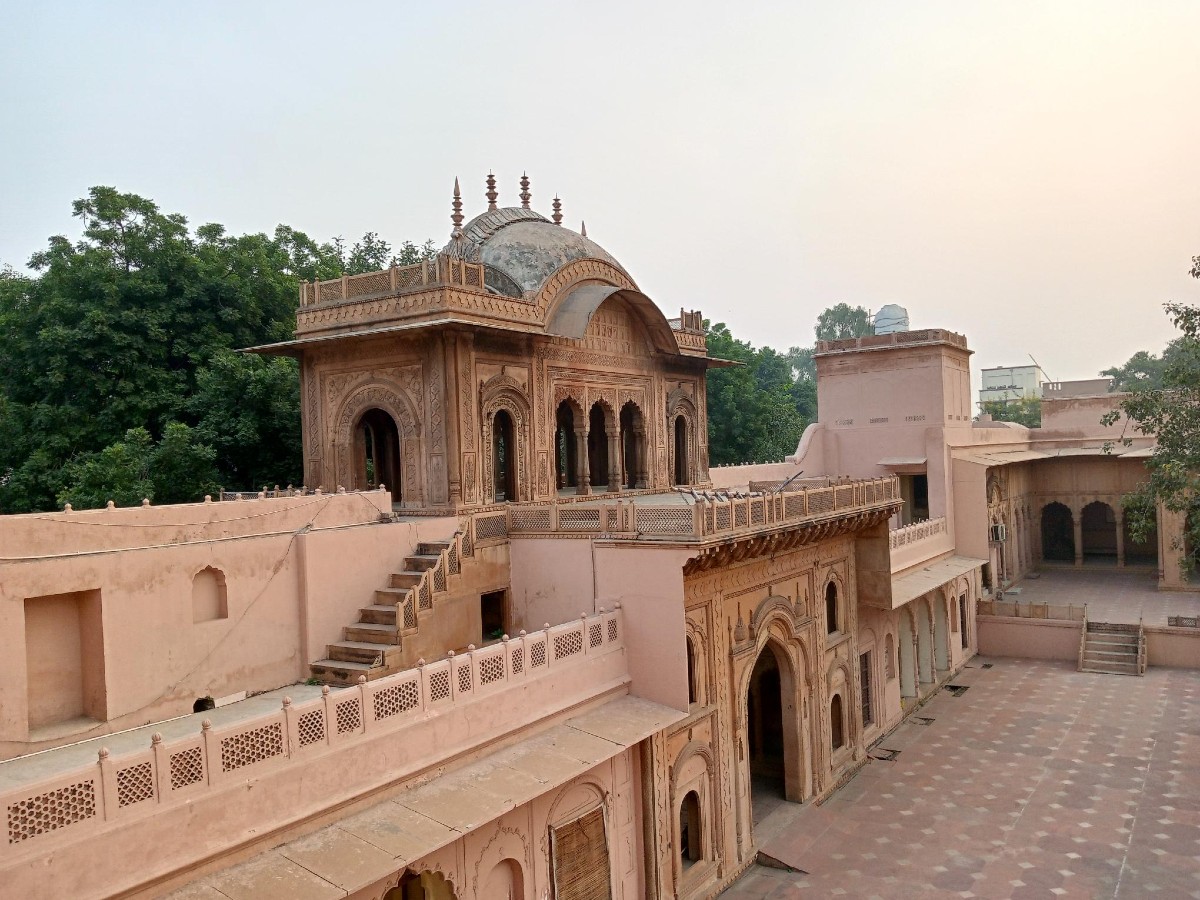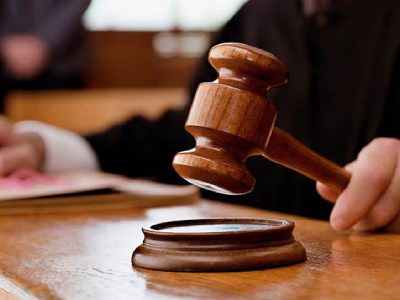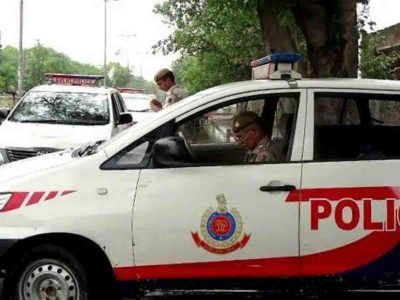Tucked inside a congested market at Faridabad’s Ballabgarh, Nahar Singh Mahal is one of the lesser-known historical palaces in Delhi NCR. The charming palace was built by the ancestor of Raja Nahar Singh, Rao Balram, who came to power in 1739 AD, the construction however continued in parts till about 1850.
Today, urban centres have come up around the palace. The fort has beautiful pavilions and courtyards with royal ambience carefully and has been converted into a motel-cum-restaurant by Haryana tourism department.
The Haryana government entrusted its restoration to the well-known specialists Francis Wacziarg and Aman Nath. Beautified with antiques, relics of a bygone past, stone jallies and intricately carved arches, the fort takes one back to the times of the Raja Nahar Singh.
Also read: The bread spread: What migrants knead brings communities together
Every year, Kartik Cultural Festival, the main annual fair held in the month of November since 1996, is celebrated at Nahar Singh Mahal. It is held by the Haryana Tourism, during the bright and auspicious autumn month of Kartik as per Vikram Samvat calendar.
The elaborate cupolas and minarets of this double-storeyed sandstone structure are fashioned around a vast central courtyard. The palace has six tastefully decorated guest rooms, replete with royal ambiance. The fort was decorated with minars on its four corners of which only two can be seen now due to age and neglect. The palace holds a Darbar-e-aam (Hall of Public Audience) and a Rang Mahal decorated with a beautiful Chhatri.
Raja Nahar Singh played a pivotal role in the revolt of 1857, which also eventually led to his execution by the British. Back then, the Raja ruler of the small state of Ballabgarh.
A champion of Hindu Muslim unity and farsightedness, Raja Nahar Singh tried his best to bring under a common flag all native rulers especially Begum Sumro, Gurgaon, Nawab of Jhajjar, Farukhnagar and Rewari. He organised a secret meeting in the fort of Mukteshwar (Uttar Pradesh) at the time of Kartik mela. This was attended by Tantiya Tope, Raja Krishan Gopal, Rewari, Mangal Pandey and Raja of Gwalior. The purpose once again was tthe war of independence.
Emperor Bahadur Shah–II, appointment Raja Nahar Singh as the Internal Administrator of Delhi. He successfully carried out this responsibility with full faith.
Singh was tirelessly busy in planning and organising native Chieftains for the revolution. In November, 1857, the British forces fanned out to suppress it outside Delhi. Brig. Showers of the British Army was deputed to suppress the second revolt of the region i.e. Ballabhgarh, Gurgaon, Jhajjar and Rewari. Brig. Showers arrested Raja Nahar Singh on 6.12.1857, and kept him first in Motia Mahar and then in Metcalfe House, Delhi.
The British Government constituted a Military Commission under Brig. General Chamberlain with four other members, of the rank of majors, for trial of the acts of omission and commission by Raja Nahar Singh. The trial began on Saturday, the 19 December, 1857 at 11.00 am at Delhi.
In order to break up the political power of the native princely states, it was considered necessary to crush all opposition. Raja Nahar Singh of Bhallabhgarh, alongwith Nawab of Jhajjar, Dadree and Farukhnagar were tried and hanged till death on 9.1.1858 for their complicity in the revolt of 1857.
Here is a visual trip to the fort:
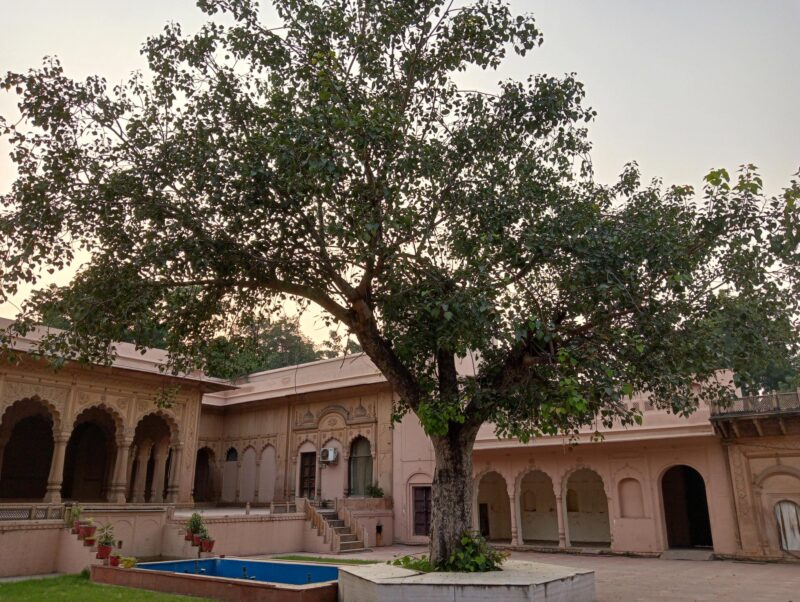
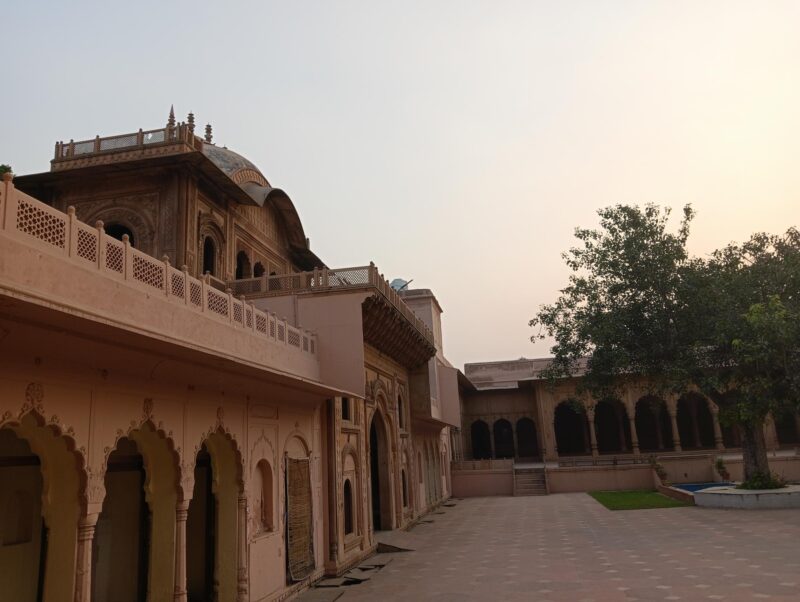
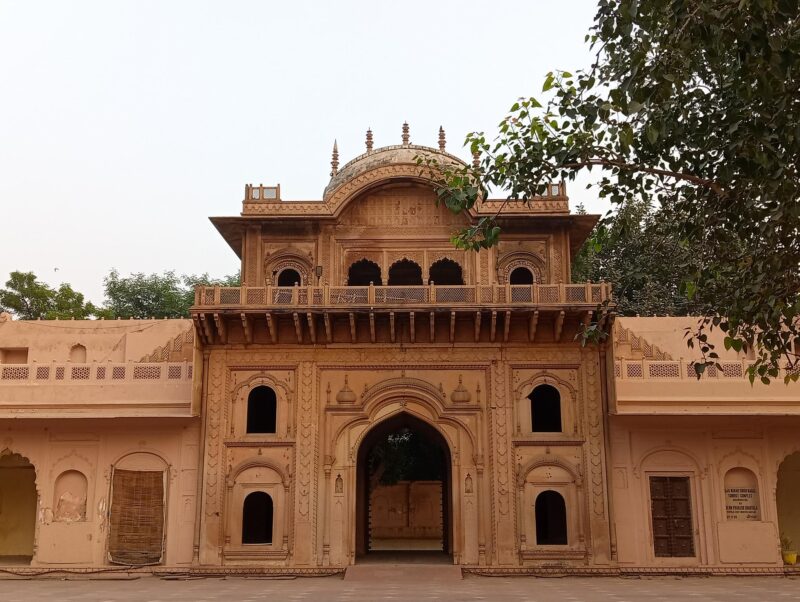
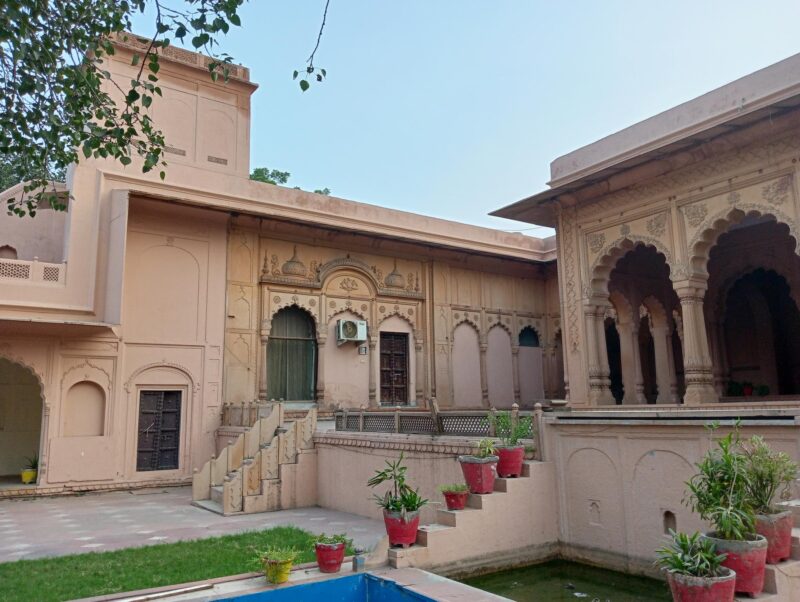
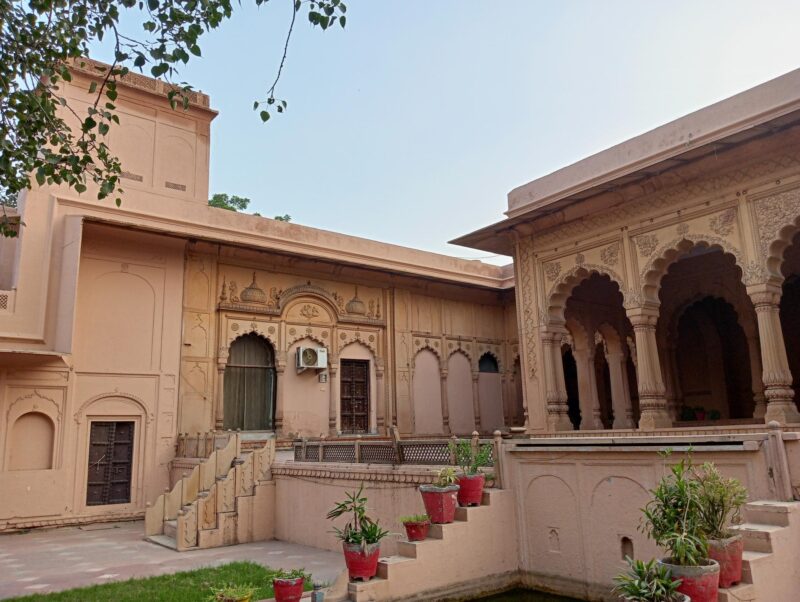
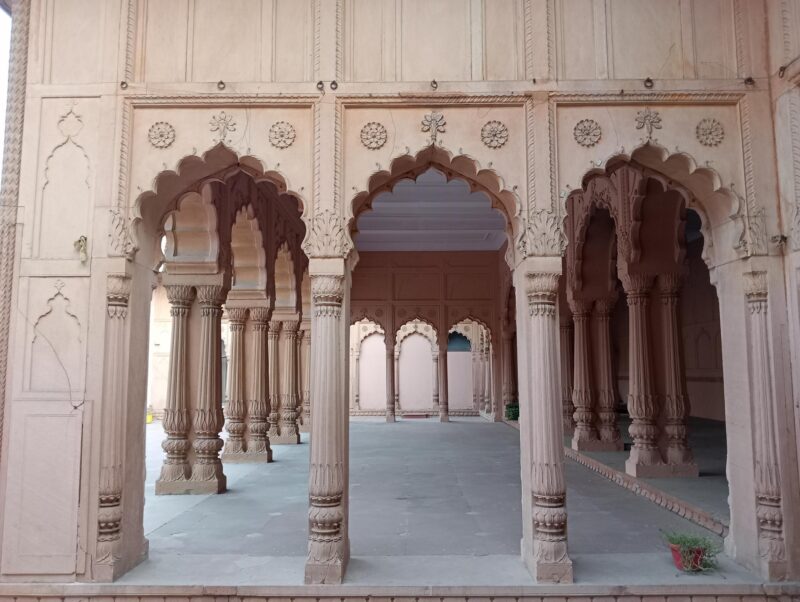
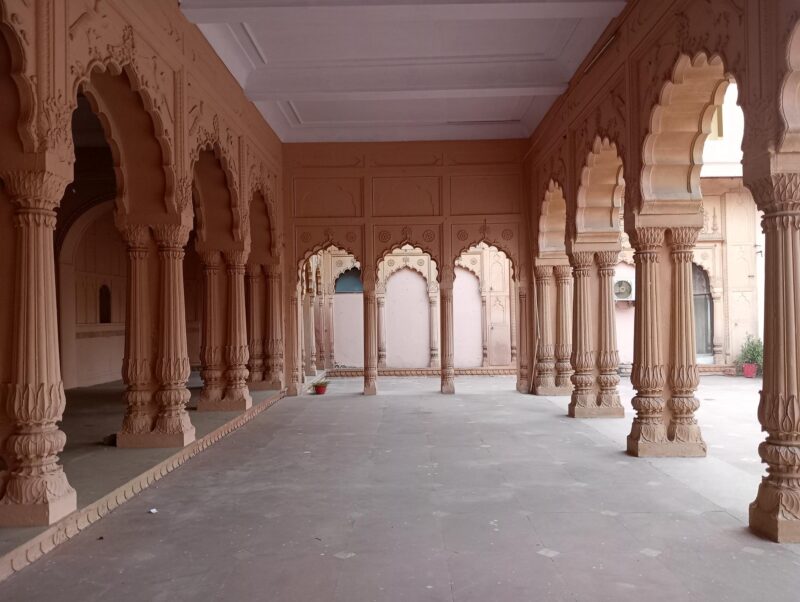
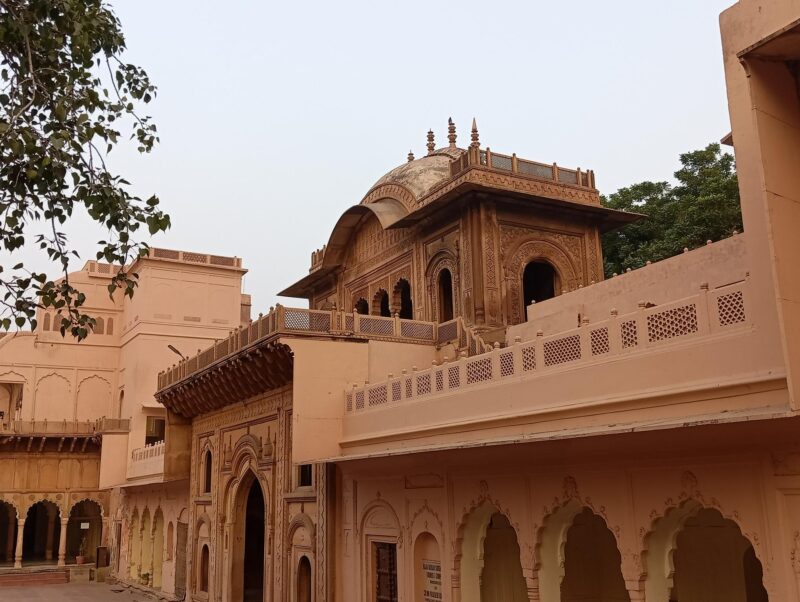
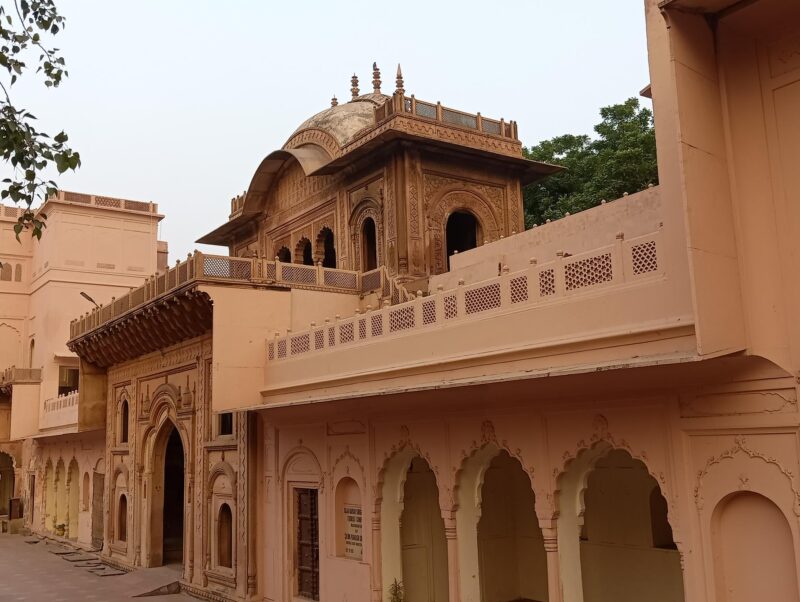
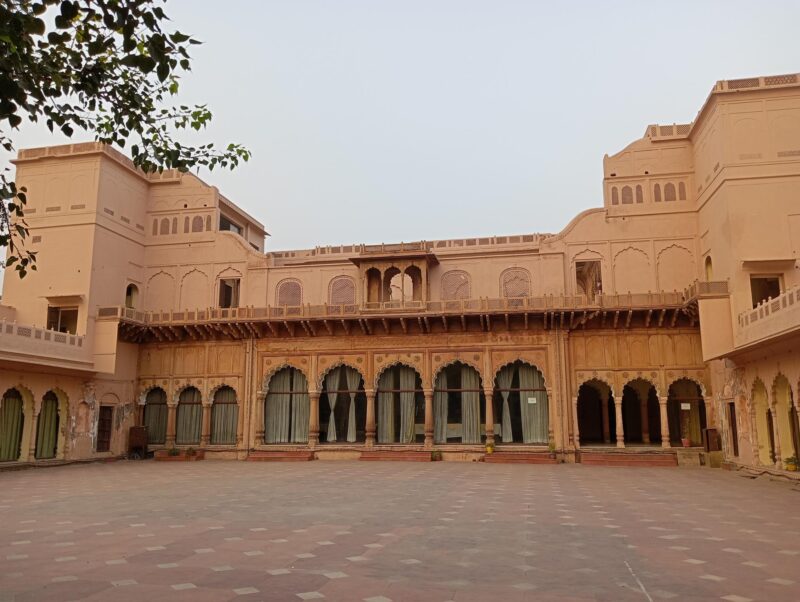
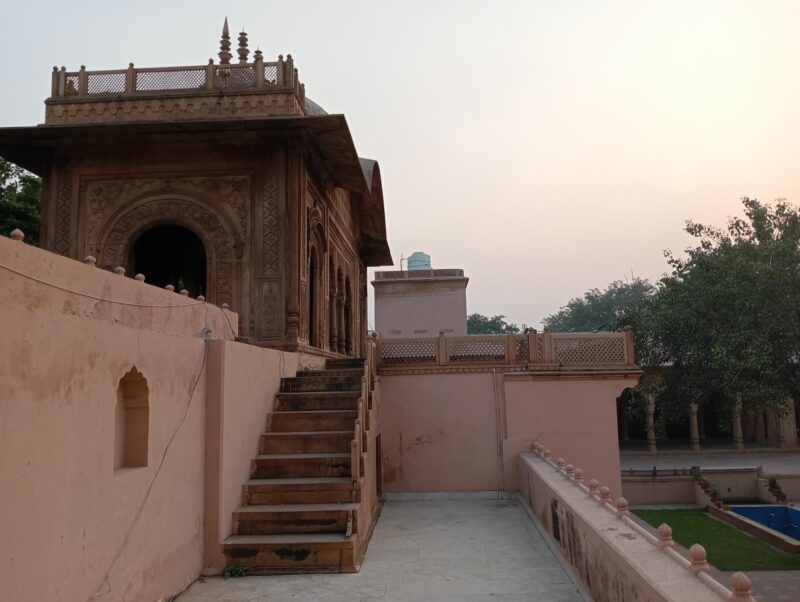
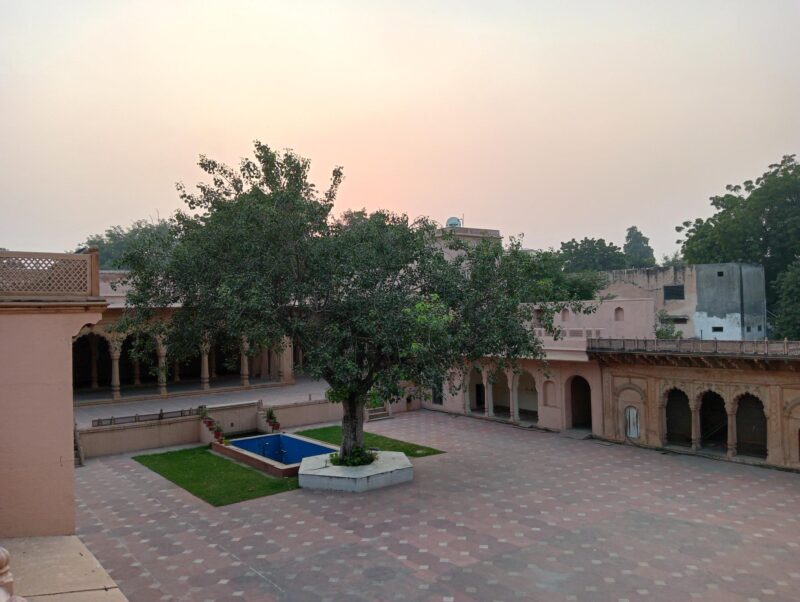
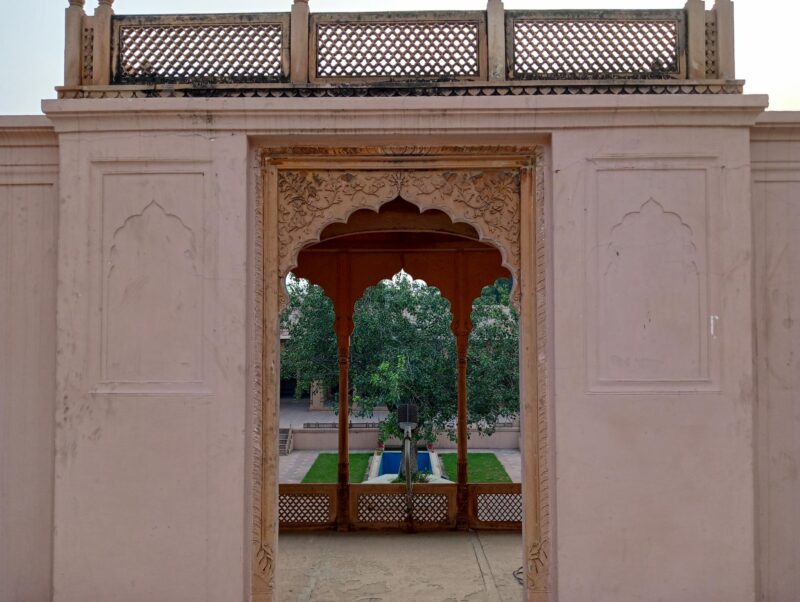
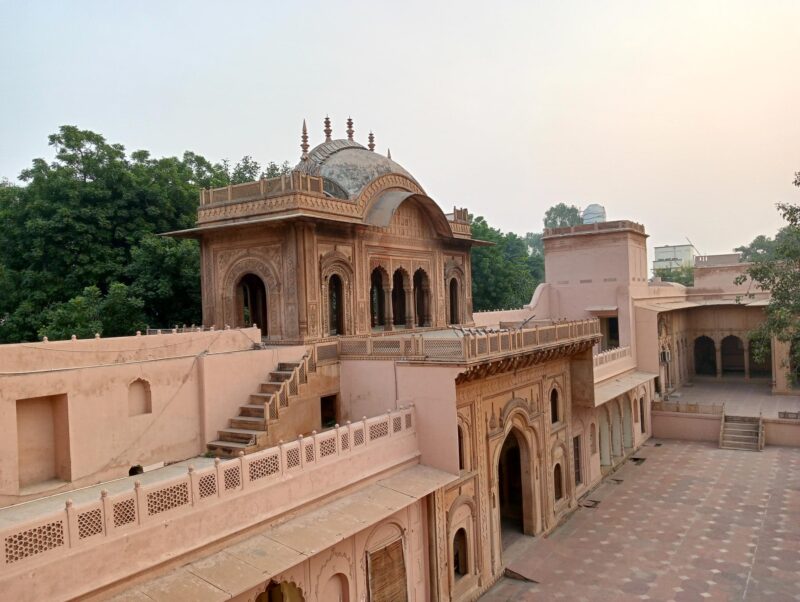
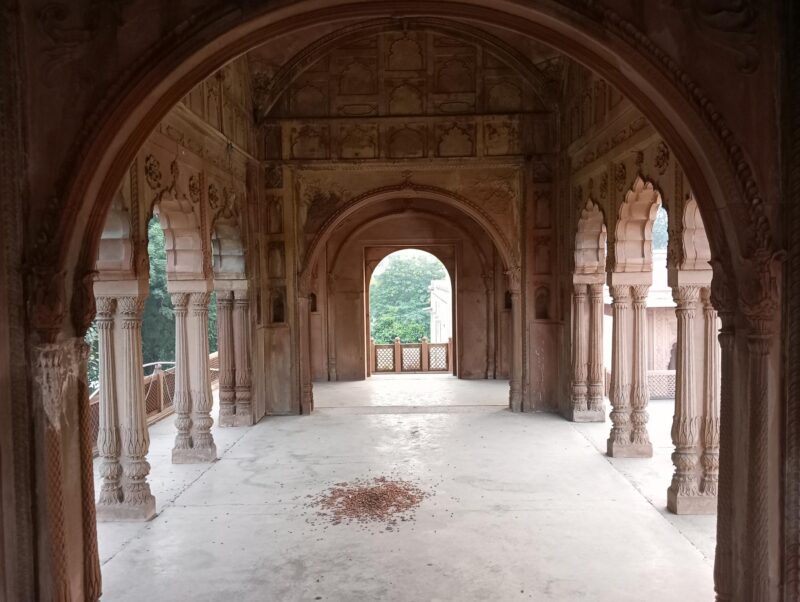
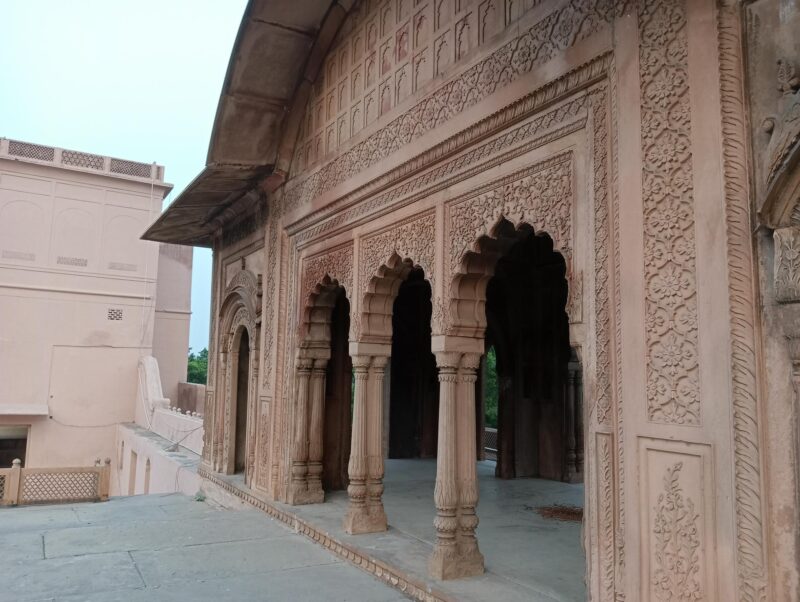
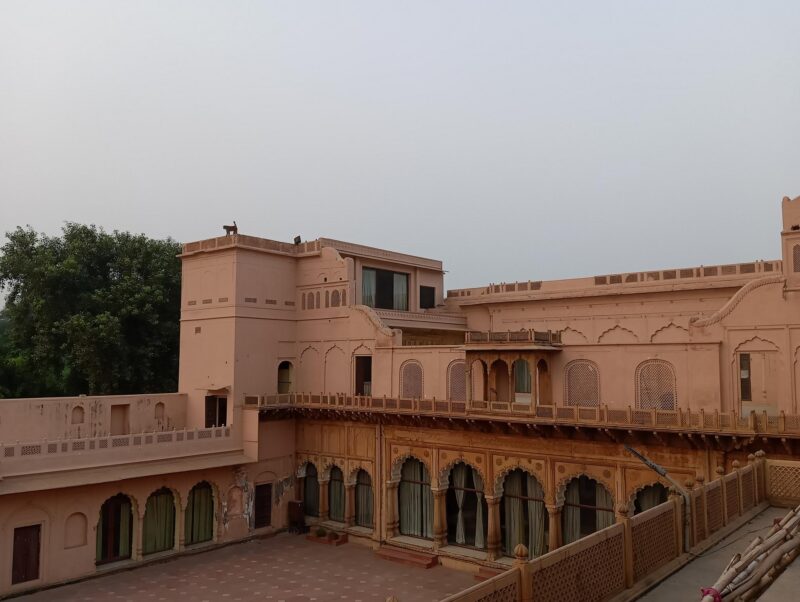
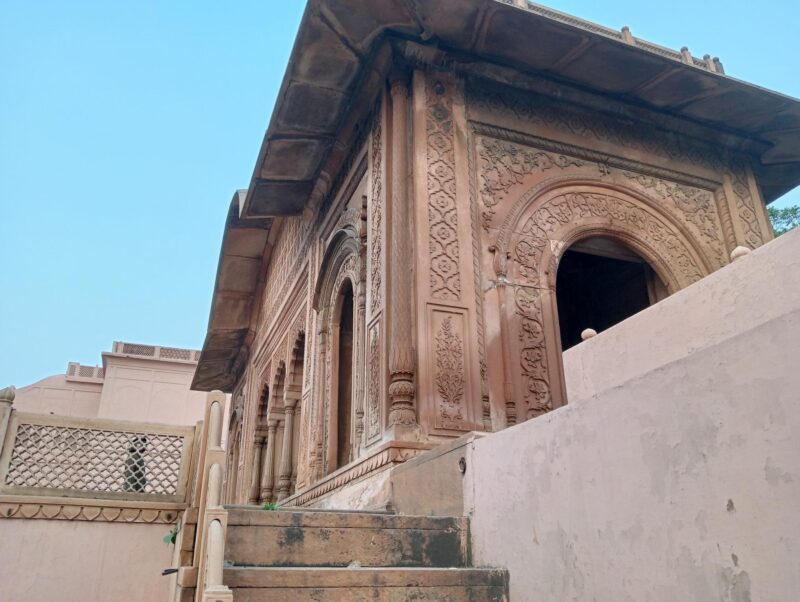
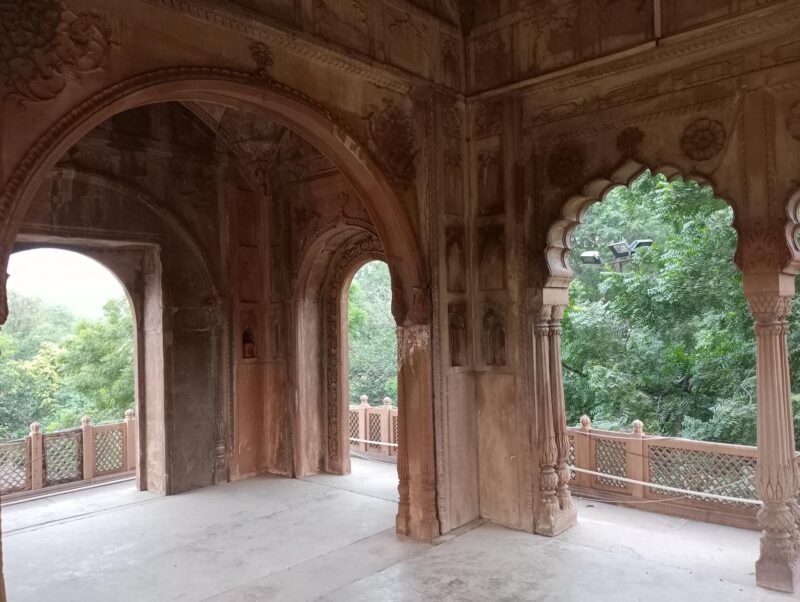
Follow us on:
Instagram: instagram.com/thepatriot_in/
Twitter: twitter.com/Patriot_Delhi
Facebook: facebook.com/Thepatriotnewsindia

